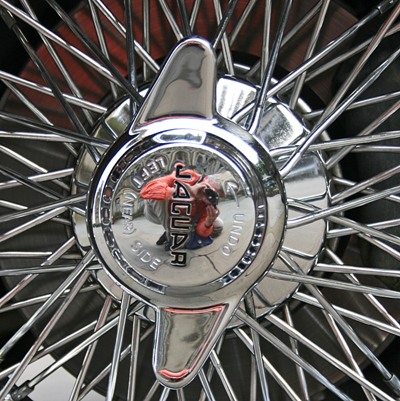Juris found a place in the Food Court which did meals by the weight. Take a small plate and pile it up with half a kilo of food for 90 Rubbles, or take a larger plate and fill this with a whole kilo of food for 140 Rubbles. I took the larger plate and helped myself to fish baked with vegetables and cheese on top, and then piled on sauted whole new potatoes, broccoli and a cheese/carrot salad. Juris saw that my plate was not full enough, so having filled his he piled on mine a chicken leg and others.
I wanted a piece of Apple Strudel and Juris told me this also had to be piled on the same plate - it all came under the same weight. In fact our plates were only weighed by eye, and if you kept your pile quite short you were spared the weighing scales. 260Rubbles for 2 meals and a soft drink, hardly a fiver!
Eating eventually leads you to the toilets. I've been spared any really horrible toilets, but I do think that putting your used toilet paper in a bucket is totally inhuman. Almost as bad is the quality of the toilet paper. It is a ghastly beige colour and very thin.
I feel sure that the paper from the bucket is 'recycled' by washing and joining back together! At one place, having paid the attendant to enter the toilets she then offered me about 4sheets of toilet paper rolled together; there was none in the cubicle!
Thursday had started by visiting Rostov (Ростов), a really ancient walled monistical community, and totally gorgeous. Several magnificent cathedrals are contained within this citadel and onion domes of every hue thrust into the sky. Such communities were always solidly constructed for defence, and needed to stand up against possible Mongol hordes as well as neighbouring 'Russian' kingdoms seeking expansion.
But it didn't always work, and in Vladimir (Влади́мир) it was explained that when the population sheltered in the Dormition Cathedral in Vladimir (see photo) against attack, the aggressors lit fires around the church and caused the death of many inside from the heat and smoke; the church survived and was redecorated later (in gaudy baroque).
This part of Russia benefitted from having rich fertile black soil, unlike much of Russia to the north and west which has the much less good sandy soil so typical of the Baltic. With such soil, a rich agricultural thrived and on its back the monasteries built good businesses and very comfortable gilded communities for themselves. Take a look at Fountains Abbey, it was the same there as well.
In Yaroslavl (Яросла́вль) about 50 churches were built in only some 70years. Even now the street plan of Yaroslavl is like a wheel with roads going from the hub to the 'tyre' and each road ends with a church. It was impossible to visit all of Yaroslavl, or to take in all of its features.
Yaroslavl (Яросла́вль) celebrates a 1000years of history in 2010 and many domes were being freshened, interiors cleaned, and resoration work was all around. UNESCO is granting Yaroslavl the status of World Heritage site, with a certain amount of controversy and disapproval of some works currently ongoing.
This town lies on the River Volga (and Rostov is connected by River/canal too), some millions were spent on new facilities to encourage the river steamers to bring new visitors into Yaroslavl, but it hadn't worked. Unfortunately, between the lovely churches and historic aspects of Yaroslavl is a modern reality of a large city with Chemical works and heavy industry, and the thoughtlessness of Lenin and Stalin of how to combine history and industry; it is quite nasty in parts.
Enjoy !!!
 The Church of St. Gregory of Nazianzus. 1670–1680s, Rostov Veliky (Ростов Великий)  Rostov Kremlin. Church of Resurrection of Christ (1670), Rostov Veliky (Ростов Великий)  Golden Gates of Vladimir (Zolotye Vorota). Supposedly the earliest stone structure still standing in Russia, originally constructed in 1164. Originally it sat in the middle of an immense defensive city wall instead of a traffic island.  Dormition Cathedral in Vladimir (Успенского собора во Владимире). Built 1158-60 and 1185-89, the building survived being set alight by the Mongols in 1239 even though the people sheltering inside it did not.  Yaroslavl Churches: [Left] Church of Archangel Michael in Yaroslavl (Церковь Михаила Архангела. Западный фасад), [centre] Redemeer Church of the Transfiguration On-the-town, [right] New Cathedral on the site of the Dormition Cathedral |
| From Russia [a PICASA album by RedSimon] |

No comments:
Post a Comment